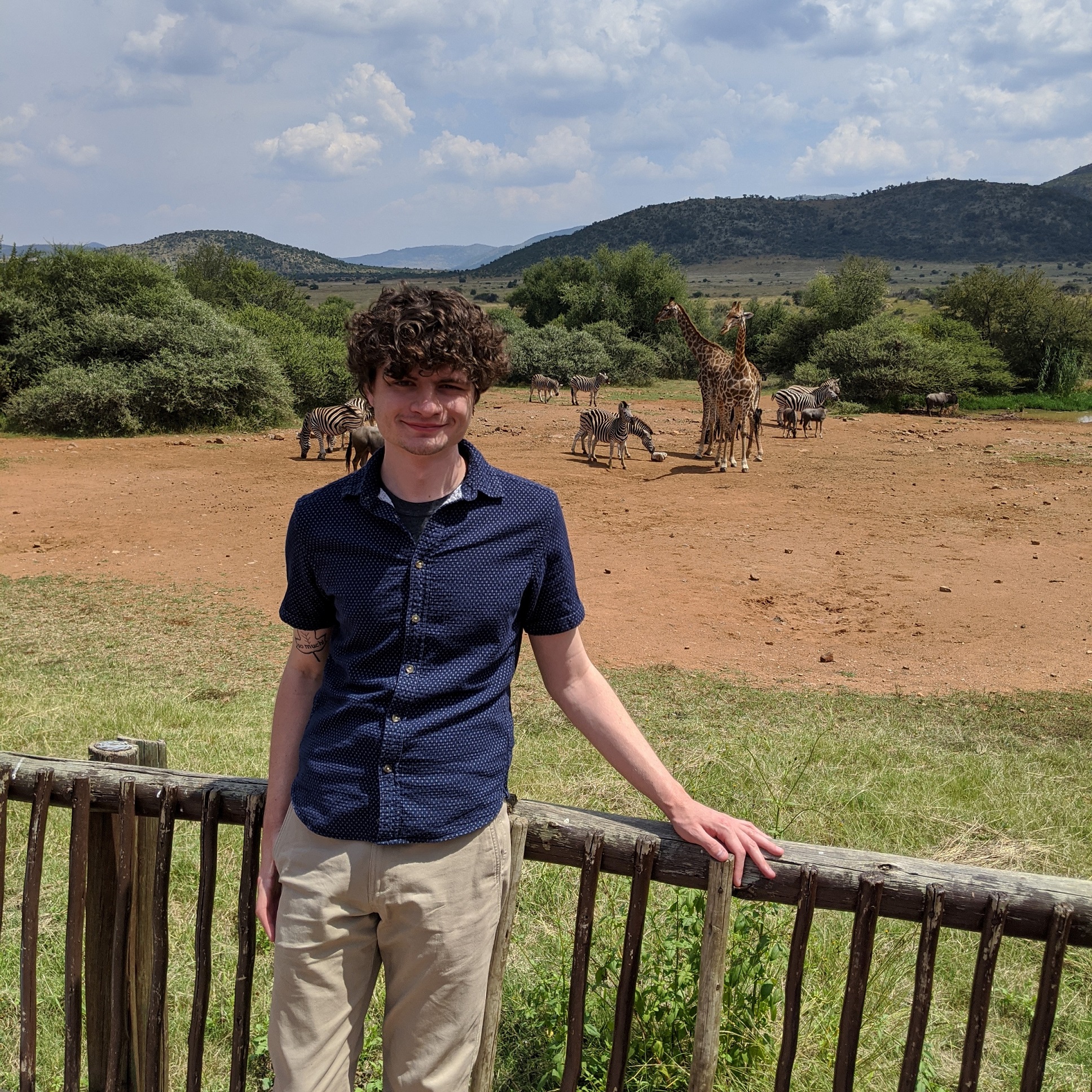Trees have received a lot of press lately. As wildfires tore through forests worldwide, President Donald Trump blamed the devastation on poor forest management. Meanwhile, the United States formalized a commitment to planting trees to restore our climate. The world's governments and scientists are grappling with how we both protect and manage forests. What should we be doing differently? After all, our forests are in danger. An estimated 420 million acres of forested land, an area six times the size of Texas, has disappeared in the years since 1990 due to climate-driven declines in health, urbanization, and expanding agriculture. We are left with a sense that we as humans live in opposition to the natural world.

What if the best way to save our forests was to cut more trees? Not all at once and not from all environments, of course, but as part of a long term cyclical system of planting, growing, and harvesting. Such a system can be achieved through sustainable forest management, a scientific discipline that describes efforts to preserve, utilize, and interact with forests in ways that maximize environmental, economic, and cultural benefits.
Foresters use evidence-based approaches, assessing biodiversity, the movement of water, and light availability to prescribe forest management activities that cater to the specific needs of the environment. For vulnerable settings, such as old-growth forests and those that harbor rare and endangered species, sustainable management focuses on preserving and promoting what is left of a unique biological and cultural resource. In cases of active harvesting, like the loblolly pine forests of Georgia or acacia woodlands of South Africa, foresters facilitate the cutting and regrowth of trees which balances the harvest of wood products with the health of the forest.

Forests stabilize the environment by supporting biodiversity and storing atmospheric carbon. Research shows that reforestation and afforestation may significantly reduce greenhouse gas levels. One recent study indicates that atmospheric carbon can be reduced by nearly 25% through extensive tree planting, recapturing the yearly emissions of over 2.3 billion cars. The World Economic Forum even launched the Trillion Trees Initiative to unite governments and facilitate the funding of large scale reforestation and conservation. Harvesting trees also serves as a means to store carbon, and boosts local and regional economies. In fact, researchers here in Georgia are exploring the potential of working forests as a means of reaching carbon neutrality.
Current and future forests provide opportunities to recapture carbon and preserve biodiversity by managing and promoting a wide variety of forest types. Old-growth forests capture carbon at rates greater than any other forest type. Through selective cutting, commercially thinning the forest in an uneven way that leaves downed trees, foresters can work to restore old-growth conditions. Manipulating the structure of the forest in this way helps to expand the habitat of species that depend on old forests as well.

Other forests may be regularly harvested and maintained for production as working forests. The use of plant-based materials and fuels is increasingly important as we reduce our dependence on larger-footprint fossil fuels. In the appropriate forest type, trees can be cut and regrown indefinitely while preserving ecosystem services. Harvest activities mimic natural disturbance events, like those caused by storms, fire and disease, and create habitat for ecological pioneers. In the southeast United States, recently cut sites are favored by native bees that flock to the subsequent increases in flowering annuals. The use of these woodlands for economic gain maintains ecological services and recreational value for hikers and birders.
Unfortunately, as with so many areas of science, forest management is heavily politicized in popular media. Political finger-pointing has blamed forest managers for the wildfires on the west coast, shifting the conversation away from anthropogenic climate change. The truth is that both climate change and forest management influence disasters like the August Complex fire. Rather than demonizing foresters and scientists, politicians must invite experts to guide policy.
We live in intimate association with forests and other wildlands; we need the services they provide and our actions impact their health and stability. If we are to maintain our landscapes as we know them, we need to actively and dynamically manage them. Our interactions with wildlands shaped our cultures worldwide, and throughout history we have altered forests, taking resources and changing entire landscapes. It is a disservice to our forests to not use what we learned to become better, more informed stewards of the lands in which we are so deeply rooted.
About the Author
Colton Meinecke is a MS student in the Warnell School of Forestry at UGA. He is interested in emerging fungal diseases of pines and how climate change impacts host-pathogen interactions. Outside of the lab, he can usually be found cooking at home or foraging in the mountains. You can reach Colton at colton.meinecke@uga.edu or @resinsoaked.
- This author does not have any more posts.





